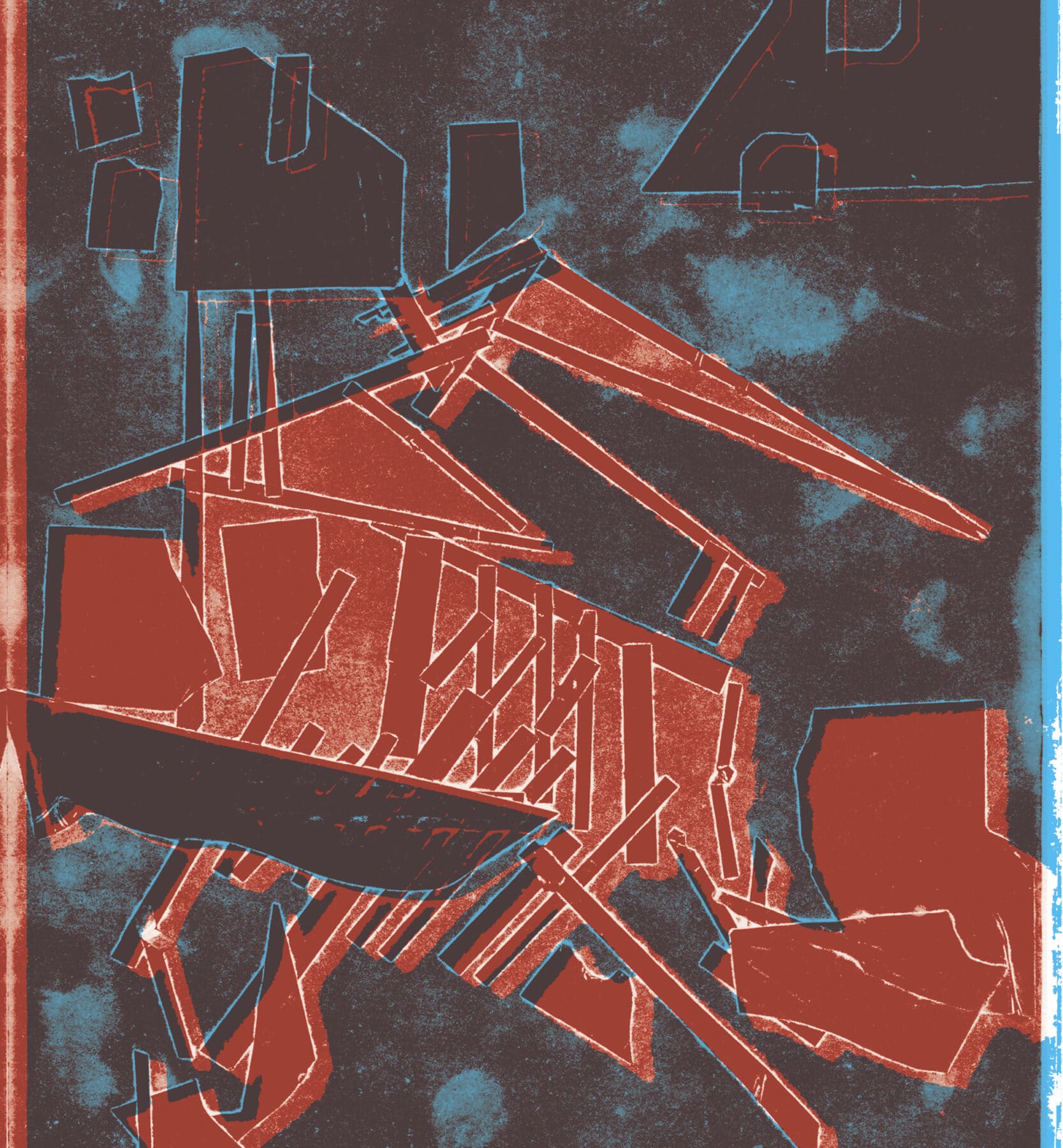Watcher
—After Katrina, 2005
At first, there was nothing to do but watch.
For days, before the trucks arrived, before the work
of cleanup, my brother sat on the stoop and watched.
He watched the ambulances speed by, the police cars;
watched for the looters who’d come each day
to siphon gas from the car, take away the generator,
the air conditioner, whatever there was to be had.
He watched his phone for a signal, watched the sky
for signs of a storm, for rain so he could wash.
At the church, handing out diapers and water,
he watched the people line up, watched their faces
as they watched his. And when at last there was work,
he got a job, on the beach, as a watcher.
Behind safety goggles, he watched the sand for bones,
searched for debris that clogged the great machines.
Riding the prow of the cleaners, or walking ahead,
he watched for carcasses—chickens mostly, maybe
some cats or dogs. No one said remains. No one
had to. It was a kind of faith, that watching:
my brother trained his eyes to bear
the sharp erasure of sand and glass, prayed
there’d be nothing more to see.

